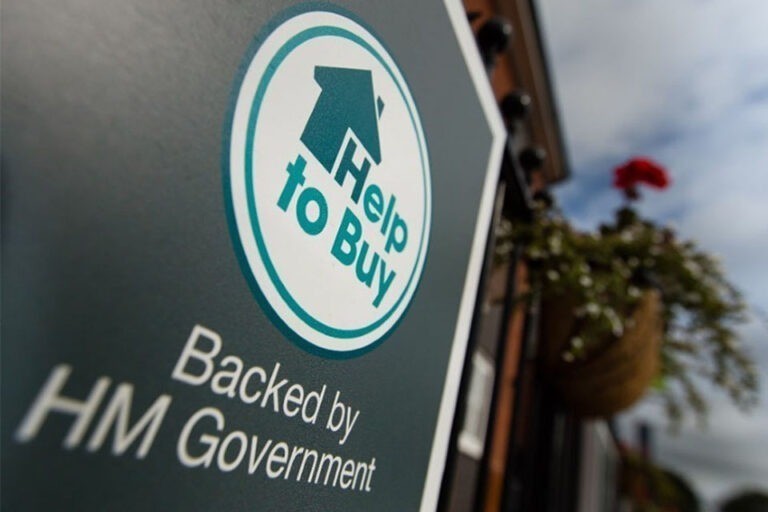There was a 40% rise in the use of the Help to Buy scheme in the final quarter of 2020 on an annual basis, the latest government figures show.
The data shows that 21,026 properties were bought using the scheme in Q4 2020 compared to 15,049 in Q4 2019.
In total, 49,714 properties were acquired through Help to Buy last year and, in 2019, 52,246.
This brings the total number of homes bought with an equity loan, since the scheme started in April 2013, to 313,043 at a value of £86bn – £18.9bn being the total value of the loans to date.
The government figures add that 82% of completions so far have been from first-time buyers.
Legal & General Mortgage Club head of broker relationships and propositions Craig Hall said: “Today’s Help to Buy statistics show that the government scheme continued to provide a useful route into homeownership for many in the final months of 2020.
“Of course, while initiatives like Help to Buy and shared ownership have helped many people to buy, they do not tackle the issue of housing undersupply in the UK.
“Just this week, government announced its intention for a new planning bill aimed at boosting housing supply, but more may be needed to ensure the UK hits its target to build 300,000 new homes each year.”
Hargreaves Lansdown personal finance analyst Sarah Coles added: “House prices are making life incredibly difficult for first-time buyers, and they have an extra sting in the tail for buyers who use the Help to Buy loan scheme.
“When the loan is eventually repaid to the government, the amount that needs to be paid back depends on the value of the house at that time.
“Someone who bought the average house in December 2014, borrowed 20% from the government, and repaid five years later, would pay around £2,000 less than someone who did the same a year later and had 2020s’s runaway house prices factored into the calculations.
“If prices fall from here, a separate fly crawls into the ointment, because after five years, when fees start becoming payable, many buyers remortgage onto a standard mortgage to repay the government.
“They take advantage of house price rises building the equity in their home in order to qualify for a normal mortgage. If prices don’t rise (or if they fall), the equity in their home won’t build as quickly, so they may struggle to find another lender to take them on – and could end up being stuck paying fees to the government.”




